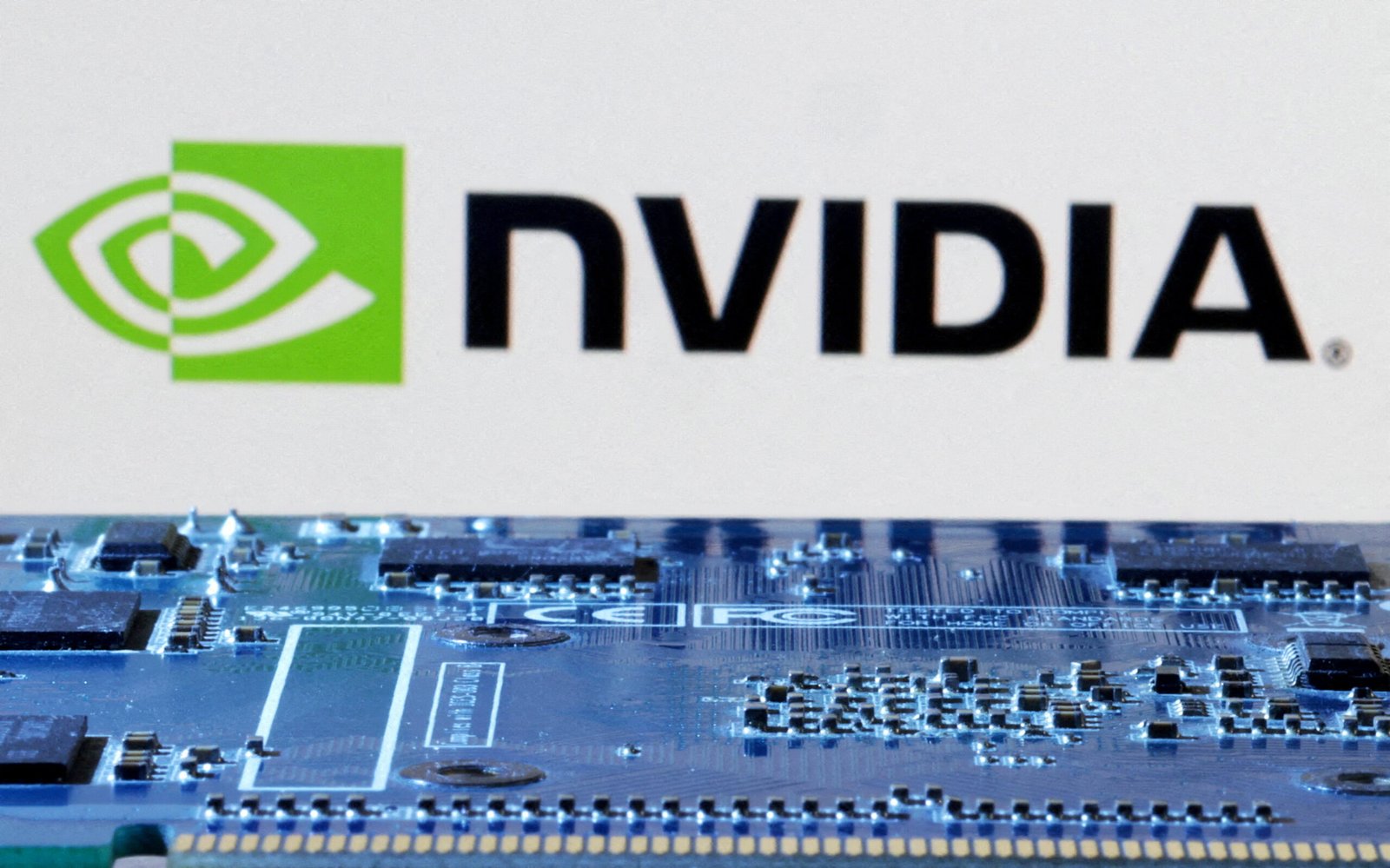European shares fell on Monday, led by losses in the technology sector, as concerns emerged about the impact of China’s upgraded low-cost artificial intelligence (AI) model on global competition. The pan-European STOXX 600 dropped 0.6% by 0941 GMT, mirroring a decline in global markets, while U.S. Nasdaq Composite futures fell 3.1%.
Chinese AI startup DeepSeek unveiled a low-cost AI assistant that utilizes fewer chips and less data. This development surprised investors, raising concerns about the profitability of AI rivals and the demand for expensive AI infrastructure. Siemens Energy, a supplier of AI-related hardware, saw its shares plunge 17.4%, marking the largest loss on the STOXX 600. Other AI-exposed firms, such as Schneider Electric, also declined by 8.1%.
“This idea of a low-cost Chinese AI model hasn’t necessarily been forefront, so it’s taken the market a little bit by surprise,” explained Fiona Cincotta, senior market analyst at City Index. “A sudden introduction of this model raises concerns over the profits of rivals, especially given their significant investments in more expensive AI infrastructure.”
Adding to market uncertainty, the looming deadline for potential U.S. trade tariffs, set for February 1, and upcoming central bank interest rate decisions have heightened volatility. The European Central Bank (ECB) is expected to cut rates by 0.25%, while the U.S. Federal Reserve is anticipated to maintain current rates.
Key economic data this week include eurozone and German GDP figures and inflation reports from major European economies. Notably, German business morale improved unexpectedly in January, reflecting optimism about the current economic climate.
Among individual stocks, Ryanair gained 4.8% after reporting a better-than-expected quarterly profit, while Universal Music Group (UMG) jumped 5.2% to a six-month high following a new agreement with Spotify, the audio-streaming giant.
Investors remain cautious as markets navigate the dual challenges of disruptive AI developments and broader economic uncertainties.



